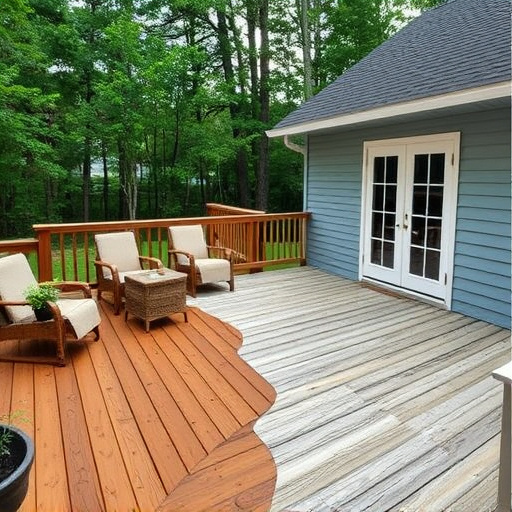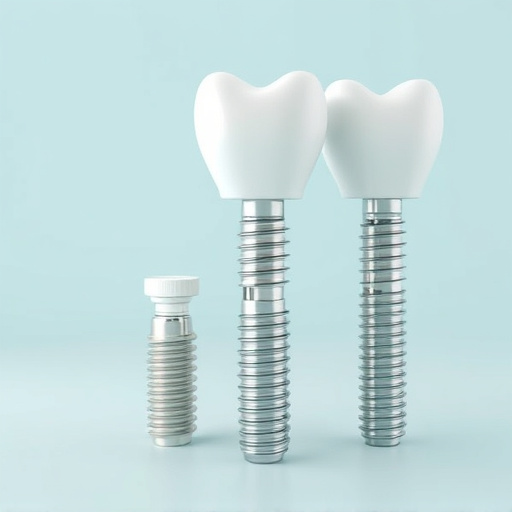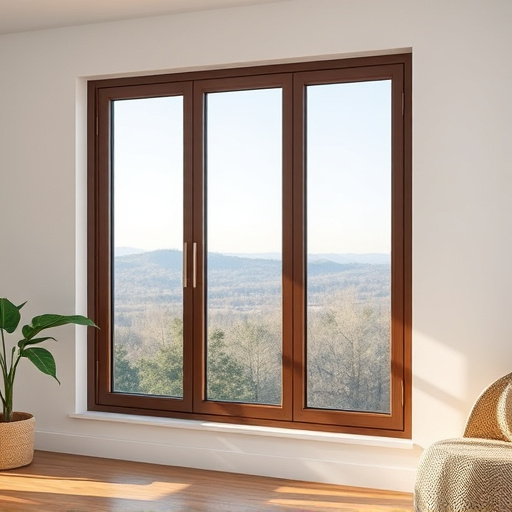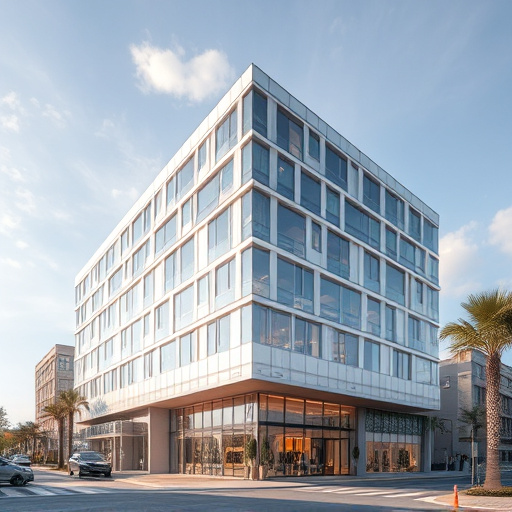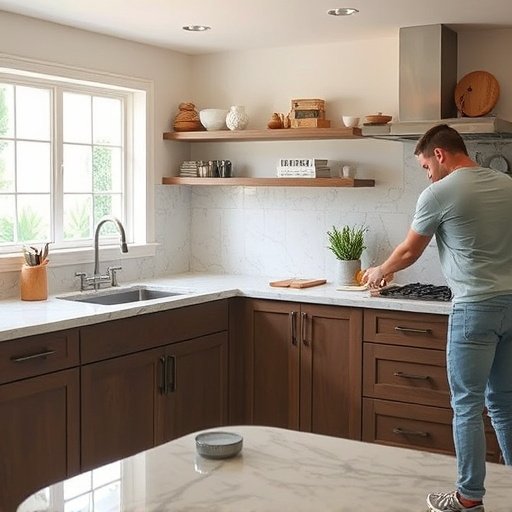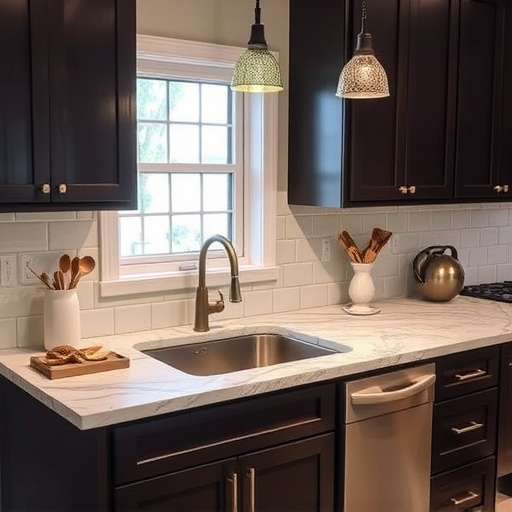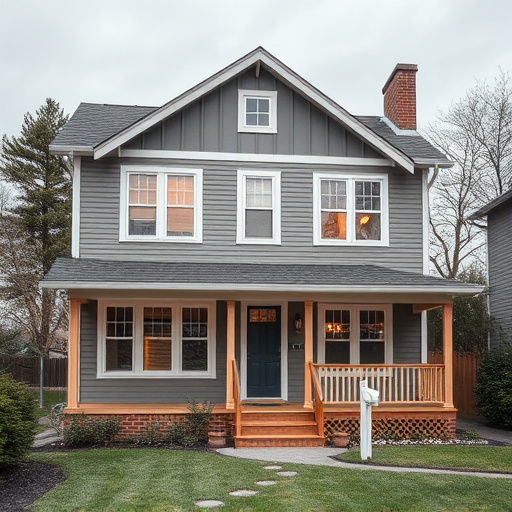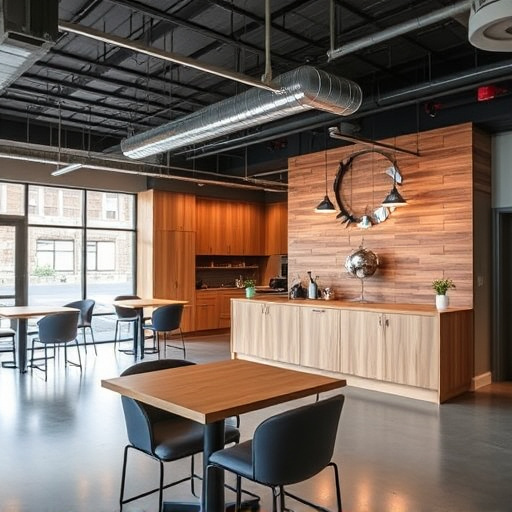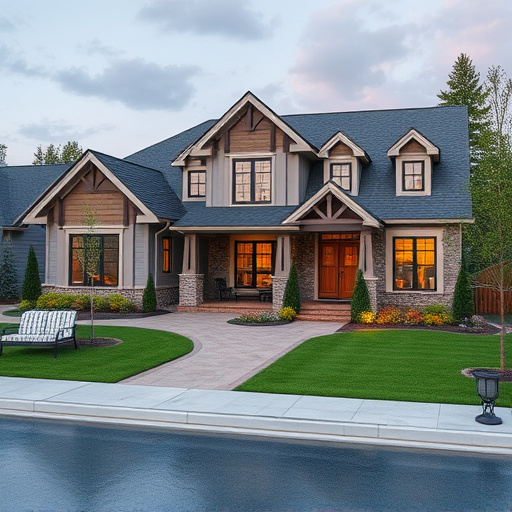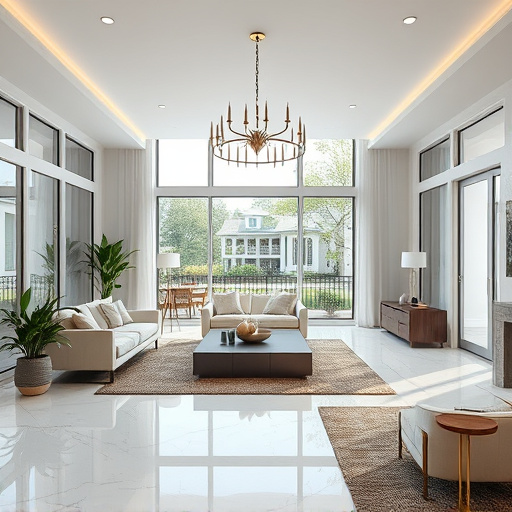A successful business remodel requires understanding and tailoring approaches for distinct space types—offices and retail areas. Offices focus on productivity with natural lighting, ergonomic furniture, and strategic layouts, while retail spaces prioritize customer engagement through eye-catching displays and amenities like kitchen areas. Key factors for both include floor replacements (retail durable, offices comfortable), streamlining workflows, flexible designs, and modern technology integrations. Well-planned layouts boost productivity, foster teamwork, and enhance customer satisfaction, with home-like elements like cozy seating and kitchens seamlessly integrating to create a competitive, welcoming business environment.
When considering a business remodel, whether transforming an office space into retail or vice versa, understanding the unique dynamics of each environment is crucial. This article explores the essential differences between office and retail spaces, providing insights for efficient and customer-centric transformations. We delve into key factors, from layout design to customer experience, offering strategies for a seamless transition that caters to modern business needs. Discover expert tips on achieving success in your upcoming business remodel.
- Understanding the Key Differences Between Office and Retail Spaces
- Factors to Consider When Remodeling for Business Efficiency and Customer Experience
- Strategies for a Successful Transition: From Traditional to Modern Business Layouts
Understanding the Key Differences Between Office and Retail Spaces

Office and retail spaces have distinct characteristics that significantly impact their design, functionality, and overall business remodel process. When considering a remodel for either type of space, it’s crucial to understand these key differences.
In the case of office spaces, the focus tends to be on creating a productive environment with efficient layout designs, ample natural lighting, and ergonomic furniture. On the other hand, retail spaces prioritize customer engagement and sales through strategic product displays, eye-catching storefronts, and often include features like kitchen and bath areas for quick refreshments or rest stops. Floor replacements play a vital role in both types of remodels, with retail spaces potentially requiring more durable and aesthetically pleasing options to handle high foot traffic while offices opt for comfortable yet practical finishes.
Factors to Consider When Remodeling for Business Efficiency and Customer Experience

When remodeling for business efficiency and customer experience, several key factors come into play. For offices, streamlining workflows and designing flexible spaces that cater to modern work patterns are essential. This might involve reconfiguring desks, adding collaborative areas, or incorporating technology like smart boards and wireless connectivity. A well-planned layout can enhance productivity, foster teamwork, and create an environment conducive to concentration.
In retail settings, the focus shifts to enhancing customer engagement and optimizing sales. Consider strategic placement of products, visually appealing displays, and technology integrations such as interactive screens or digital signage. Upgrading kitchen and bath areas in both commercial and residential renovations can significantly impact customer satisfaction, particularly in dining establishments or homes where these spaces are central to daily life. Ensure accessibility, functionality, and aesthetics to create a welcoming atmosphere.
Strategies for a Successful Transition: From Traditional to Modern Business Layouts

Transitioning from a traditional office or retail space to a modern layout requires careful planning and strategic approaches. One key strategy for a successful business remodel is to prioritize functionality. This involves evaluating how employees and customers move through the space, and designing areas that promote collaboration, focus, and accessibility. Incorporating flexible furniture, mobile partitions, and open-concept designs can create adaptable spaces suitable for various tasks and workflows.
Additionally, integrating elements from home remodeling into your business remodel can enhance the overall experience. For instance, updating common areas with cozy seating arrangements and modern amenities like kitchens or break rooms can boost employee satisfaction and foster a sense of community. Similarly, incorporating bathroom renovations to provide clean, stylish facilities reflects an attention to detail that translates into a positive brand image. These strategies collectively contribute to a seamless transition, ensuring your business remains competitive in the modern market while creating a productive and welcoming environment.
Remodelling a business space can be a transformative process, whether transitioning from an office to a retail environment or vice versa. By understanding the unique characteristics of each space type and considering factors like customer flow, technology integration, and aesthetics, businesses can create efficient and engaging environments. Implementing modern layout strategies not only enhances productivity but also improves customer experiences, ultimately contributing to the success and competitiveness of the business in its chosen sector. A well-planned business remodel is a powerful tool for fostering growth and keeping pace with evolving market demands.
